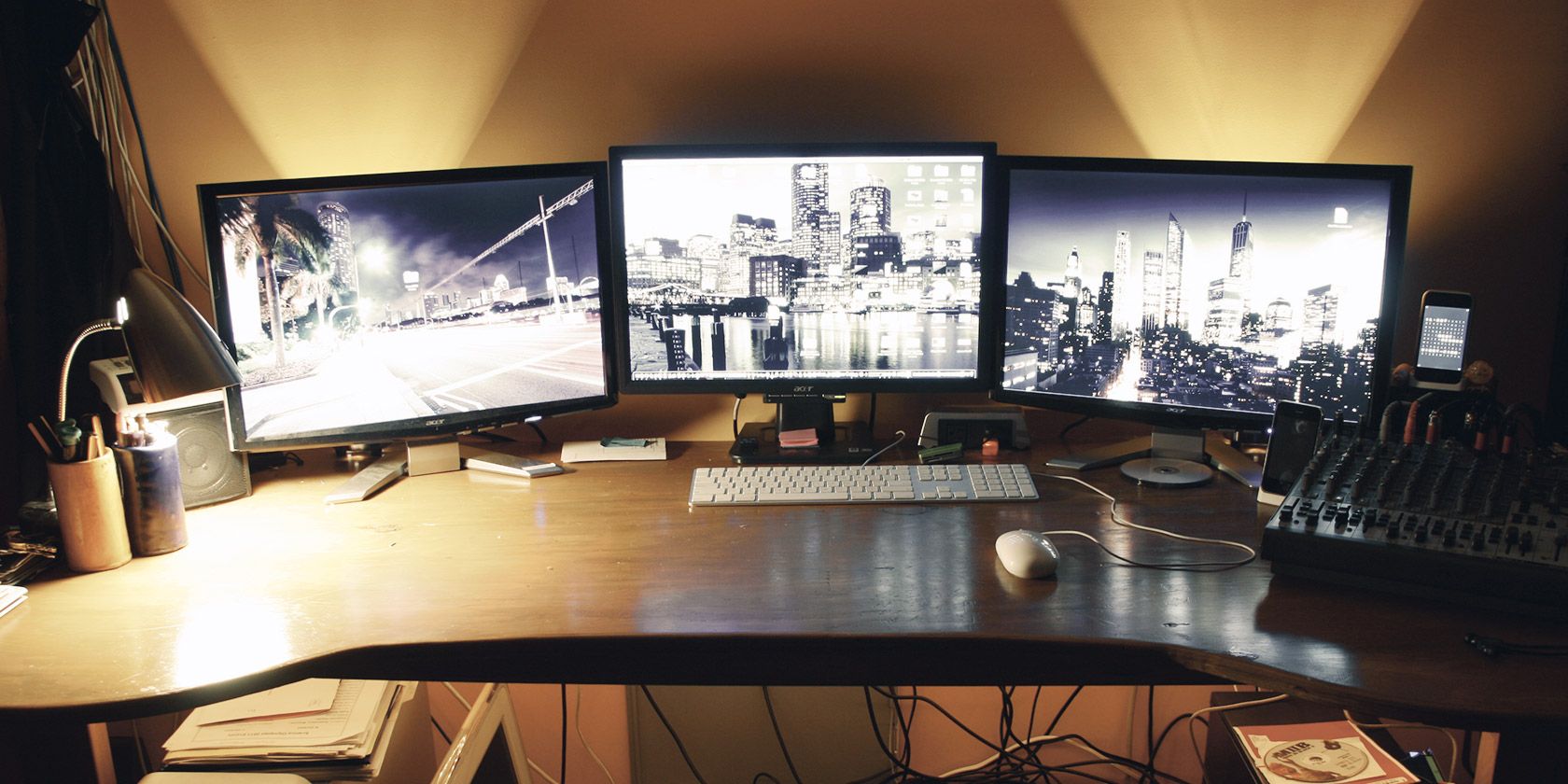

Once your battle with cables and adapters is successfully resolved, you can get down to the actual business of setting up dual monitors on your Mac laptop.īy default, your second monitor will be set as the one that runs on the right side of your desktop configuration. There are also similar devices that deal with VGA instead of HDMI. Purchasing a simple USB-C Digital AV Multiport Adapter might be the proper solution to all your troubles as it can handle connections with HDMI, USB-A, and USB-C devices.

Usually, all you need is a Mini DisplayPort to DVI adapter.Ĭables and adapters can really turn into a nightmare, but you really should keep in mind that there are several other options available, which rely on the USB-C ports that we’ve grown accustomed to on our Mac devices. In that case, it won’t have an HDMI input, so you will have to deal with DVI or VGA adapters. Perhaps the monitor that you want to connect to your Mac is an older one. The easiest way to connect a non-Apple monitor to a Mac laptop that doesn’t feature an HDMI port is to use an adapter that converts HDMI to Mini DisplayPort or Thunderbolt, depending on your machine.
#SETUP TWO SCREENS FOR MAC PRO#
Most Macbook Pro laptops feature Thunderbolt 2 or 3 ports, along with a couple of USB ports. If your Mac is one of the latest models, it may not feature an HDMI port, in which case you will have to try using several other connections. The easiest way to connect a non-Apple monitor to your Mac is by using an HDMI cable because most Mac laptops and non-Apple monitors come equipped with such ports.


 0 kommentar(er)
0 kommentar(er)
